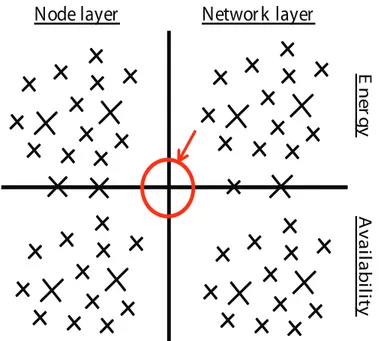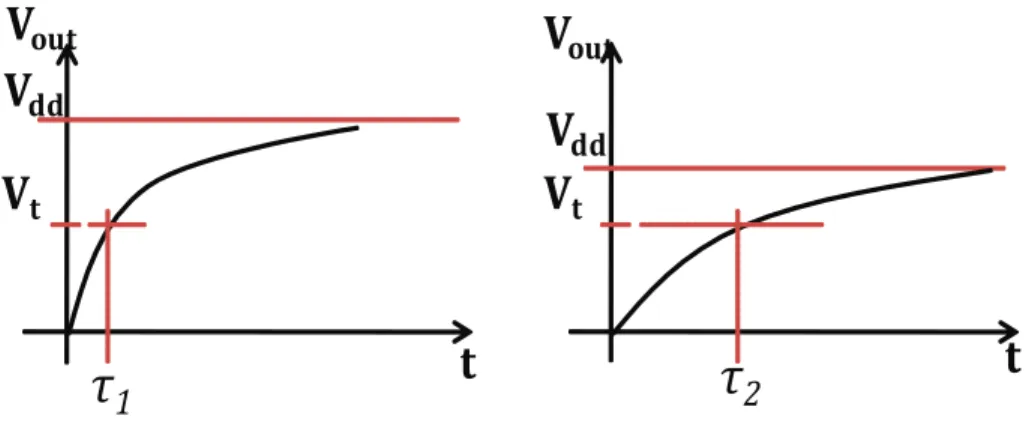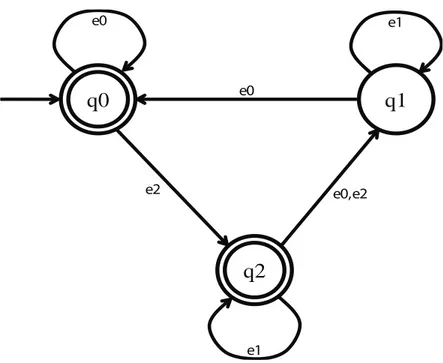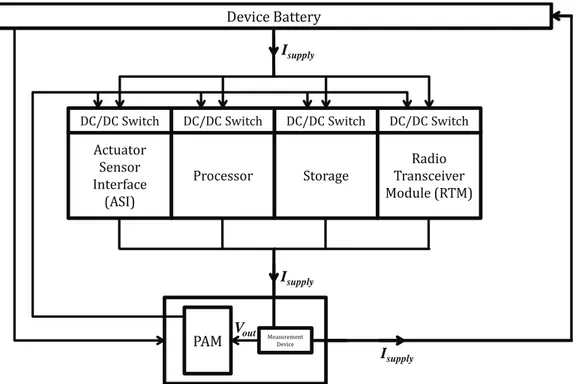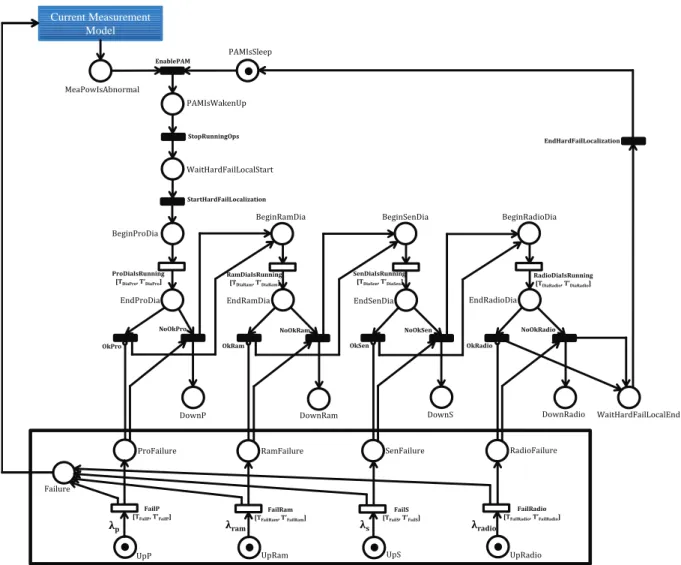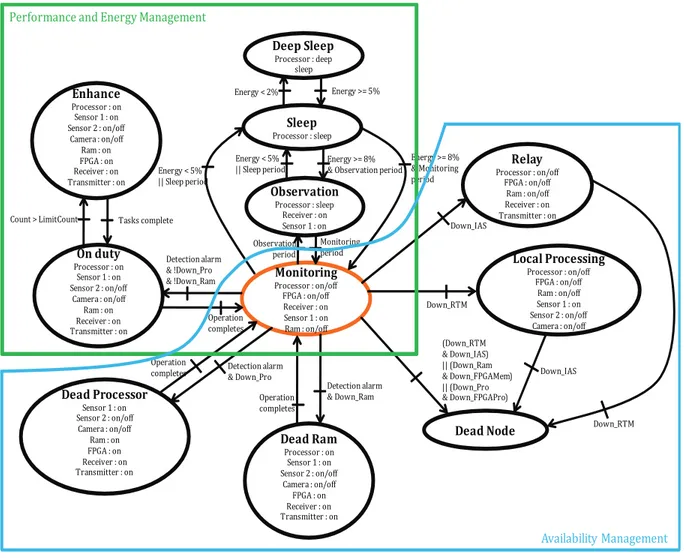Design under constraints of Dependability and Energy for Wireless Sensor Network
Texte intégral
Figure
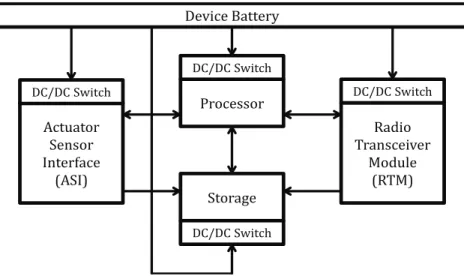
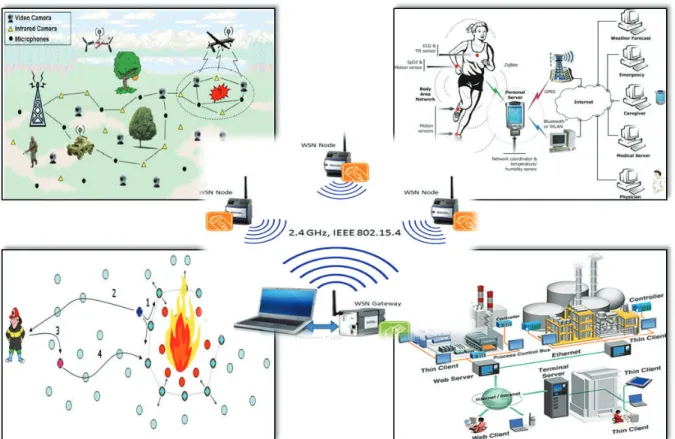
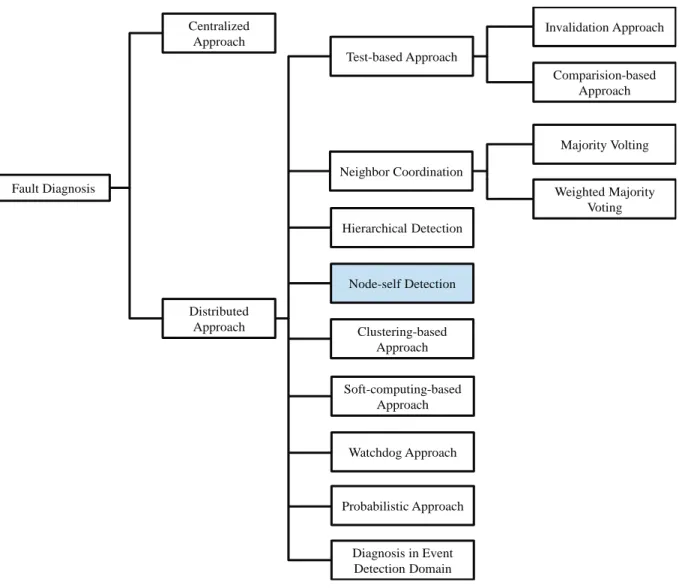

Documents relatifs
Onil Nazra Persada Goubier et al.: Wireless Sensor Network-based Monitoring, Cellular Modelling and Simulation UBO/LABSTICC developed PickCell / NetGen, a basic tool allowing
communicating with the Building Information Modelling) which aspires to provide a communicating reinforced concretes, thus, addresses the design and an implementation of
We deploy such networks over 52 city maps extracted from OpenStreetMap and characterize the resulting graphs, with a particular focus on connectivity aspects (degree distribution
In the order to demonstrate the performance of our new algorithm, we will compare it to three methods, namely the EP method (Equal Power) in which we attribute the power to each
The common nodes will return their remaining energy level to the storage node and cluster head will return the information back to the base station.. The base station will do
The sensors will transmit their information accord- ing to a many-to-one traffic pattern using a multihop scheme. Moreover, the length of every corona can be varied. For each zone
However, in the real application domain, a different paradigm must be taken into consideration. The first problem is the lack of knowledge regarding the deployment field. In
Perspectives of the mobile robot middleware and application development in the context of wireless sensor networks are mainly focused on issues of deploy- ment algorithm
